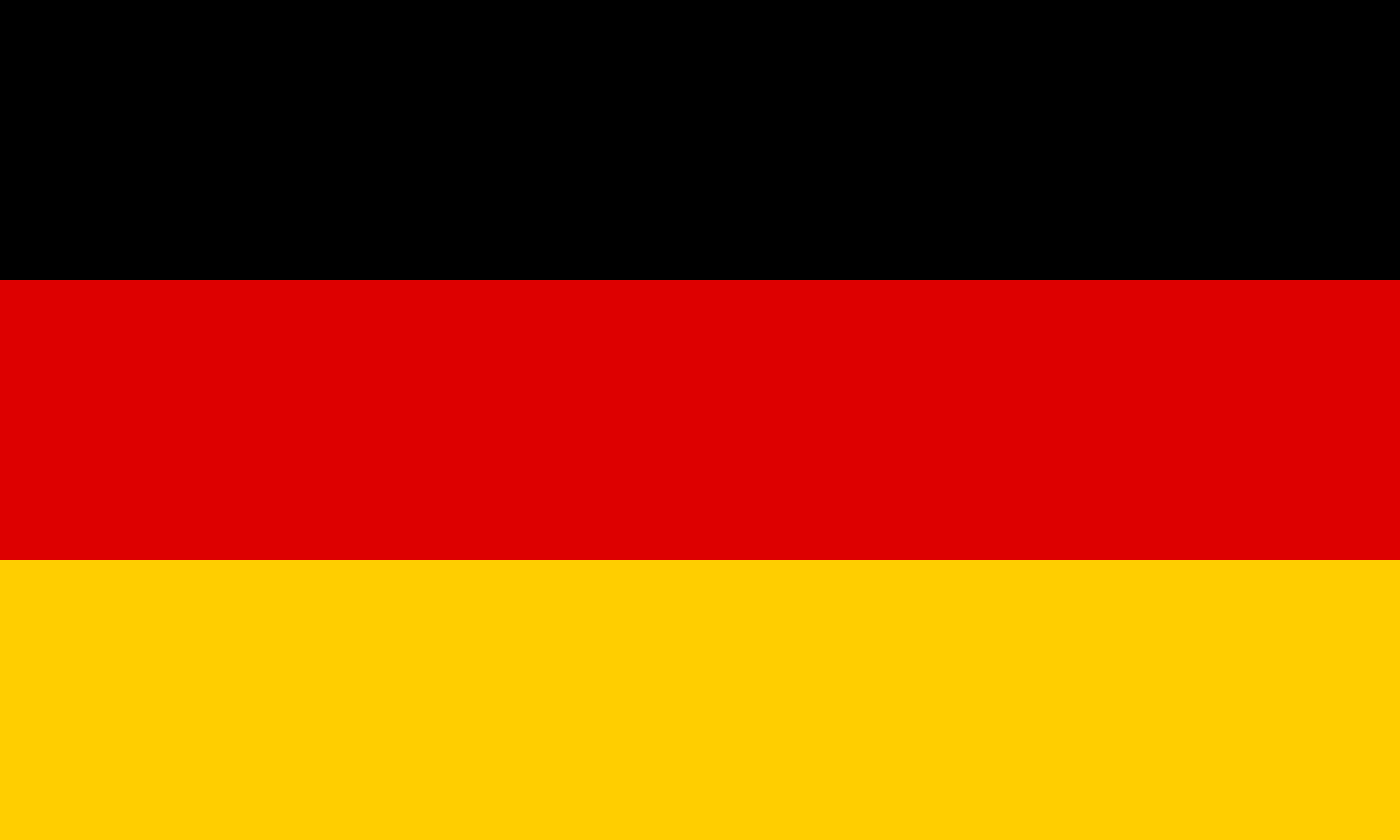
Eyebrow Transplant
An outstanding and aesthetically pleasant look is achieved when the eyebrows, which are important in the characteristic appearance of the face, are in harmony with the other facial features. Eyebrow loss can result from treatments such as removing a significant portion of the same area's brows, alopecia, skin conditions that harm hair follicles, permanent makeup, and chemotherapy.
Additionally, circumstances like burning, accidents, and stress may result in eyebrow loss. These issues can now be quickly resolved with the use of brow transplant treatments. People who want thicker-looking eyebrows or who have thin eyebrows might use the technique of eyebrow transplanting.
What is Eyebrow Transplantation?
Eyebrow transplantation, which is the process of transplanting hair follicles obtained from the appropriate region of the body to the area that remains without eyebrows due to genetic factors or eyebrow loss, provides a natural and realistic appearance with the right planning. Although the hair follicles emerge from the skin at an angle of 45 degrees, the eyebrow roots come out at an angle of 10 to 15 degrees.
In addition, there is a shape that is directed upwards in the inner parts of the eyebrows, parallel in the middle parts and slightly to the right in the outer part of the eyebrows. If eyebrow transplantation is done incorrectly, it will grow in the opposite direction or downward.
How Is an Eyebrow Transplant Done?
The root area from where the donors will be obtained is shaved to 1 mm in the context of eyebrow transplantation, and sterilization and local anesthetic are carried out. Donors are often removed with the help of a micro motor and the thinnest punches from the area where the thin hairs are at the lowest portion of the nape area because it has characteristics that are suited for the brow structure.
Single grafts are chosen from the removed hair follicles because the use of several ones might interfere with the eyebrow area's natural appearance. Eyebrow transplantation is carried out either by directly using the DHI/CHOI PEN or by opening channels in the eyebrow region that were created particularly for the patient. At this time, it is important to remember to do the brow transplant at the proper angle and direction.
For Whom Eyebrow Transplantation Is Performed?
Eyebrow transplantation;
- Dissatisfaction with the appearance of eyebrows,
- Desiring to remove the deformity of the eyebrows,
- Congenital sparse nature of the eyebrows or their subsequent thinning,
- It is desired that the eyebrows have a thicker appearance,
- Loss of some or all of the eyebrows,
- It is an effective method that can be applied if the eyebrows do not come back despite the waiting period of 1 to 2 years after the eyebrows fall out.
Eyebrow transplantation cannot be applied to women during pregnancy and lactation. Eyebrow transplantation is a procedure that can be applied to people who have a single strand of hair that can be used as a donor on the neck and who do not have a condition that prevents them from receiving anesthesia.
Things to Consider After Eyebrow Transplantation
It is a natural process to see pinhead-sized crusts in the area after eyebrow transplantation. Since the crusts shed quickly, they do not become an obstacle to the patient's daily life. After an average of 3 months after the eyebrow transplantation is completed, the eyebrows in the transplanted area begin to grow. However, it takes about 7 to 8 months for the eyebrows in the area to take their final shape. After 15 days of eyebrow transplantation, shedding begins to occur in the eyebrows and the shedding process takes about 3 months.
Since the roots used in the eyebrow transplantation process are taken from the hair in the nape area, they grow quickly just like the hair in the area. For this reason, the ends should be trimmed by cutting every 15 days. At the end of one year after the eyebrow transplantation process, the growth process of the roots that adapt to the characteristics of the region where they are transplanted slows down.
 en
en  tr
tr fr
fr sq
sq de
de

